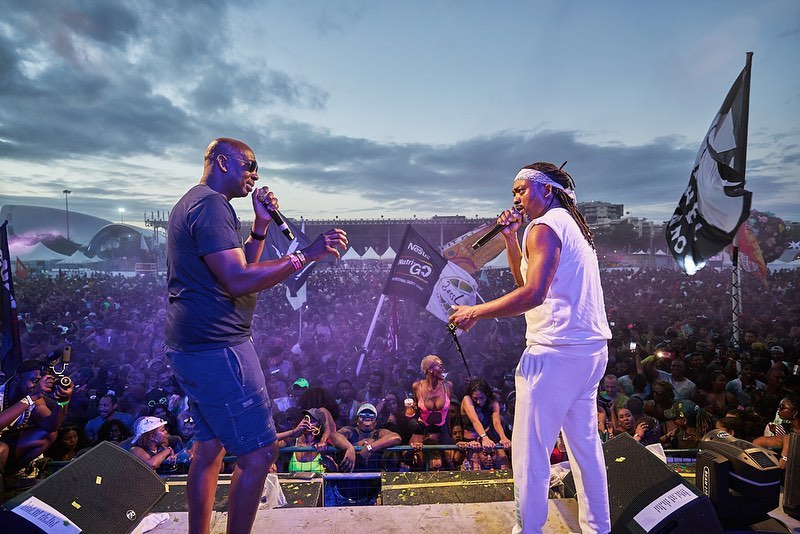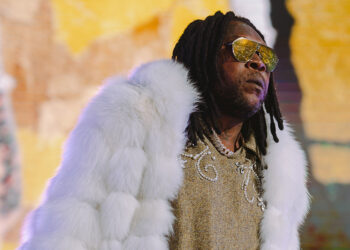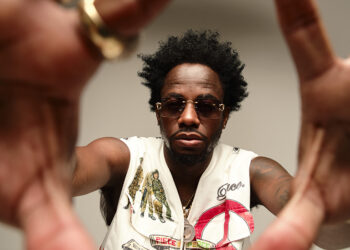Soca music has evolved into a seasonal expression of “jump and wave” or “wine and jam” lyrics for masqueraders and revelers. But, is that an accurate depiction of its original intention? What should be the cultural function of the genre?
Trinbagonians and Caribbean people by extension have used musical expression as a means of cultural resistance and depiction of identity. Out of oppression and colonialism came genres and instruments that have shaped Caribbean culture forever. Soca, in particular, is a descendant of calypso which was born on plantations from as far back as the seventeenth century. The enslaved were placed in gangs where they were assigned land to cultivate. These gangs competed with each other to complete their tasks, taunting each other, and praising their gangs through improvised songs. The lead singer would adopt a name that proved their power which is still done today calling calypsonians don names, like Lord Kitchener and the Mighty Sparrow.
After emancipation, calypso became an integral part of Carnival. It also served two important functions in addition to entertainment: awareness of social issues and resistance to oppression. Many were illiterate in the nineteenth century and calypsos music served as the “poor man’s newspaper” to inform the masses of important socio-political issues. The genre also has ties to the function of a griot in West African culture. The role of a griot was to preserve historical narratives and genealogies of the people. It was a form of storytelling done primarily through music. Calypsonians have preserved the history of Trinidad and Tobago over the years. Each song tells a story of the historical context at the time it was sung. Calypsonians began to show discontent with the increasing anglicization of culture and nationalist sentiments began to form. This led to the censorship of calypso.

By the 1940s, however, calypso became popular internationally, particularly in the United States. This changed the sound and content of the genre as it had to now appeal to an American audience who did not care for political satire that they could not understand. The themes now emphasized love and sex. In the 1970s, Lord Shorty experimented with the beat of calypso, increasing the tempo while adding Indian percussion and a laid-back bass line. This eventually became what he called “sokah” (now referred to as soca). Songs on a sokah beat were catchy and lighter than those focused on social commentary which valued lyrics over melody. This split in the genre reflected the two most coveted calypso crowns: Calypso Monarch and Road March winners. Calypso Monarch finalists had to sing two calypsos and a contender stood a better chance if they sang a serious song and a “jump and wave” song. The latter increased their chances of winning the Road March title.
In 1986, a calypsonian stepped on the scene that was able to do both in one song. David Rudder succeeded in making the masses dance to songs about corruption (“Panama” and “Madness”) and national unity between races (“The Ganges and the Nile” ). He paved the way for calypsonians to perform in fetes rather than tents where it was traditionally performed. He also set a trend of using your own name instead of a powerful sobriquet. In 1997, rapso group 3canal fused soca and commentary, creating a new sound that challenged the notion that Carnival was just about mindless fun. Although not the most mainstream artists, they are well known and continue to have sold out shows annually.
What soca has evolved into has drawn criticism from Lord Shorty himself since it was not what he envisioned the genre to be. But music evolves as other creators take hold of it and add their own style. Soca has overtaken calypso in its popularity. Its feel-good lyrics draw listeners in and compel them to throw their troubles away and dance. Isn’t that what Carnival is about? Is soca’s function to promote freedom of expression and unity in dancing together? Surely “Famalay” has taught us that “once he breathing on this earth he is meh brother”. Given the history of calypso and soca, is it fair to say that soca is supposed to be social commentary?
But in between, we still see the roots of the genre peeping out. Bunji Garlin has kept the tradition of using a grand sobriquet. Bunji comes from the flexible nature of a bungee cord and Garlin is a type of gun. Therefore, he will always “bounce back”. His collaboration with Machel Montano in 2017 to create “Buss Head”, is a contemporary incarnation of the historical practice of stick fighting. In 2013, Freetown Collective lent their message of love to the remix to Machel Montano’s “Represent”, mixing “one love is the anthem” with “lemme see yuh hand dem wave” to produce an inspiring song of revelry.
With the onset of the trend of looking back to the past especially within the African diaspora, soca artists may be more willing to shift from the formula that has become institutionalized within the industry. With the rise of the new calypso and the success of Freetown Collective’s “Feel the Love” for 2020 and beyond, the genre is in another transitional shift. It may lead to another sub-genre or it may change the mainstream. No matter what comes of it these questions need to be answered. What is the social function of soca? Is it a vehicle for cultural resistance or the expression of revelry and freedom?











